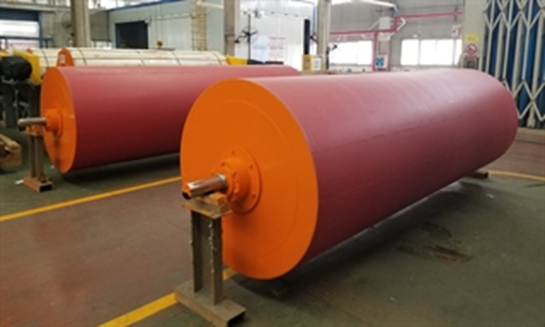
Adamas Intelligence has announced the publication of its latest annual report, “Rare Earth Magnet Market Outlook to 2040”. The report is a comprehensive deep dive into the global market for NdFeB permanent magnets and the rare earth elements they contain.
Following a latent demand pop in 2021 that saw the materialization of some pent-up demand from the year prior, Adamas Intelligence data indicates that global consumption of NdFeB magnets increased just 1.9% year-over-year in 2022, suppressed by global economic headwinds and regional pandemic-related challenges.
Nevertheless, from 2023 through 2040 their analysts forecast that global demand for NdFeB magnets will increase at a CAGR of 7.5%, bolstered by double-digit growth from electric vehicle and wind power sectors, translating to comparable demand growth for the critical rare earths elements such as didymium, dysprosium and terbium which the magnets contain.
Over the same period, they forecast that global production of those elements will collectively increase at a slower CAGR of 5.2% as the supply side of the market increasingly struggles to keep up with rapidly growing demand.
Among the findings:
- Market for magnet rare earth oxides to Increase five-fold by 2040: With total magnet rare earth oxide consumption forecasted to increase at a CAGR of 5.2% (versus a higher 7.0% for demand) and prices projected to increase at CAGRs of 3.3% to 5.2% over the same period, Adamas Intelligence forecasts that the value of global magnet rare earth oxide consumption will increase five-fold by 2040, from an estimated US $10.8 billion this year to US $56.7 billion by 2040.
- Annual NdFeB undersupply of 246,000 tons expected by 2040: Constrained by increasingly tight availability of magnet rare earth feedstocks, they forecast that global undersupply of NdFeB alloy and powder will amount to 60,000 tons annually by 2030 and 246,000 tons annually by 2040 – an amount almost equal to last year’s total global NdFeB alloy and powder production.
- Annual NdPr Oxide undersupply of 90,000 tons expected by 2040: Similarly, constrained by a lack of new primary and secondary supply sources from 2023 onward, they forecast that global undersupply of didymium oxide (or oxide equivalent) will rise to 19,000 tons-per-annum by 2030 and 90,000 tons-per-annum by 2040 – an amount roughly equal to last year’s total global primary plus secondary production.
- Annual Dy and Tb Oxide undersupply of 1,800 tons and 450 tons expected by 2040: Similarly, constrained by a lack of new primary and secondary supply sources from 2023 onward, Adamas Intelligence forecasts that global undersupply of dysprosium and terbium oxides, or oxide equivalents, will rise to 1,800 tons and 450 tons annually by 2040 – amounts roughly equal to last year’s total global production of each oxide.
For more info, see www.adamasintel.com.



